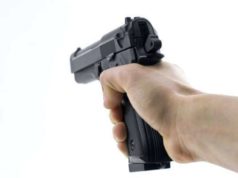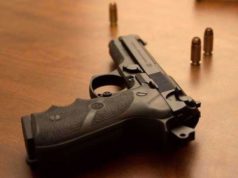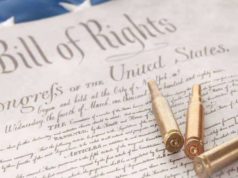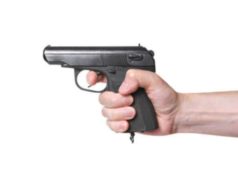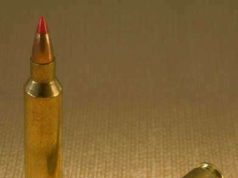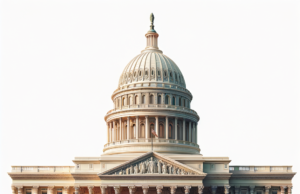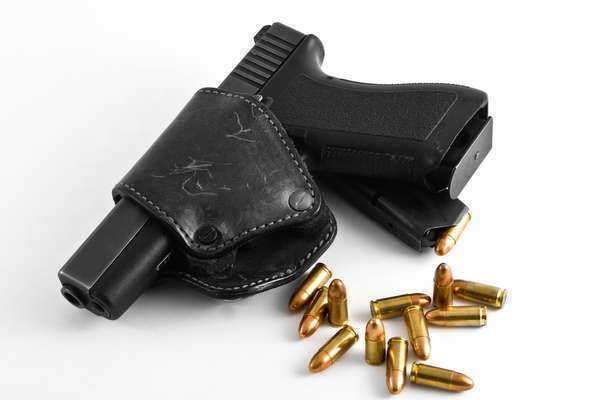
OKLAHOMA GUN LAWS & REGULATIONS UPDATE 2023
A DECADE OF CHANGE: AN UPDATED OVERVIEW OF OKLAHOMA’S GUN LAWS AND REGULATIONS TIMELINE (2013-2023)
Over the past ten years, Oklahoma’s gun laws have experienced significant changes, reflecting the state’s dedication to upholding Second Amendment rights while addressing evolving perspectives on public safety. From concealed carry to background checks, these developments underscore Oklahoma’s commitment to responsible firearm ownership. This article provides an overview of the key updates in Oklahoma’s gun laws and regulations from 2013 to 2023, presented in bullet points:
2013 – Open Carry Reform:
– Legislation allowing open carry of firearms for individuals with a valid concealed carry permit.
– Emphasis on providing additional options for responsible firearm ownership.
2014 – Enhanced Background Checks for Concealed Carry:
– Strengthened background checks for concealed carry permit applicants, emphasizing mental health evaluations and criminal history reviews.
2015 – Expanded Self-Defense Rights:
– Adoption of laws expanding self-defense rights by allowing individuals to use deadly force in certain situations.
2016 – Firearm Preemption Law:
– Strengthened preemption laws to prevent local jurisdictions from enacting firearm regulations that exceed state laws.
2017 – Enhanced Penalties for Gun Crimes:
– Introduction of legislation enforcing stricter penalties for individuals convicted of gun-related crimes.
– Aims to deter illegal firearm use and enhance public safety.
2018 – Constitutional Carry Enactment:
– Adoption of “constitutional carry” laws allowing individuals to carry firearms without a concealed carry permit.
2019 – Enhanced Reporting on Mental Health and Firearm Access:
– Exploration of ways to improve the reporting and evaluation of mental health records in relation to firearm background checks.
2020 – “Stand Your Ground” Law Implementation:
– Enactment of laws allowing individuals to use deadly force in self-defense without a duty to retreat.
2021 – Background Check Enhancements for All Sales:
– Discussion around potential legislation to require background checks for all firearm sales, including private transactions.
2022 – Firearm Storage Guidelines Discussion:
– Exploration of guidelines promoting responsible firearm storage practices to prevent unauthorized access.
2022 – School Safety Measures Consideration:
– Discussion about enhancing school safety through potential measures such as resource officers or armed personnel.
2023 – Mental Health Crisis Intervention Orders:
– Exploration of laws allowing family members and law enforcement to seek temporary firearm removal for individuals facing mental health crises.
2023 – Firearm Waiting Period Proposal:
– Discussion about implementing a mandatory waiting period for firearm purchases to allow for comprehensive background checks.
2023 – Enhanced Oversight of Firearms Sales:
– Exploration of measures to enhance the oversight and regulation of firearm sales.
In conclusion, Oklahoma’s gun laws have evolved over the past decade, reflecting the state’s commitment to responsible firearm ownership and community safety. These changes demonstrate Oklahoma’s proactive approach to firearm regulation. As the state continues to adapt its laws, it remains crucial for stakeholders, policymakers, and the public to engage in informed discussions that prioritize individual rights while maintaining community security.
Not surprisingly, the gun control laws in Oklahoma are essentially non-existent. As is common with other “cowboy” states, Oklahoma’s chart for licenses, permits, and registration is as follows:
Requirements for Rifles and Shotguns
No permit is required for purchase
Registration for rifles and shotguns is not necessary
License of ownership is not required
A permit is not required to carry rifles or shotguns
Requirements for handguns
No permit is required for purchase
Registration is not necessary
License of ownership is not required
Under Oklahoma gun control laws a permit is required to carry or conceal
The few restrictions that exist in regards to possession and ownership are common across all states. According to Oklahoma gun control laws it is considered illegal to sell any firearm to an individual under the age of 18. The only instance where an 18 year old could legally use a firearm, is if the minor was given a rifle or shotgun from a guardian for hunting or educational purposes. It is also considered unlawful for a felon to possess or carry any form of firearm.
Oklahoma gun control laws are more complex in regards to carrying and concealment. Open carrying (unloaded) is legal and does not require a Concealed Carrying License (CCL) under the following circumstances: When going to or from the person’s private residence or vehicle, to a gun shop, gun show, or for any form of hunting/sport activities. According to Oklahoma’s gun control laws, it is also legal to transport an unloaded weapon in a motor vehicle at any time. All other forms of carrying or concealment require a CCL.
The application process to obtain a CCL is surprisingly rigid and extensive. According to Oklahoma gun control, laws the basic requirements to apply are: Must be 21 years of age, a US citizen, an Oklahoma resident, and must have completed a firearm’s safety and training course.
Most common disqualifications will include criminal history, mental illness, or addiction to drugs and alcohol. The application process begins at the sherriff’s office and must be made under oath in the county where the individual resides. The lengthy process will begin with fingerprinting and a basic background check performed by the sherriff’s office.
This procedure will take 14 days, and if passed, the application will then be sent to the state’s bureau of investigation. Under Oklahoma gun control laws, the OSBI is permitted to have the application for 90 days. During this time frame the OSBI will conduct state and federal criminal background checks, run fingerprints, and administer any additional checks at their discretion before issuing or denying a state CCL. If granted, the CCL is valid for 5 years. Although a complicated process, this is the extent of Oklahoma’s gun control.
Dealers and distributors have literally no state regulation under Oklahoma gun control laws. There is no state licenses, record keeping, nor is contact with the state required for dealers. Sellers in accordance with Oklahoma gun control also will not have their shops inspected by police. In addition to such laxity, there are no background checks performed at gun shows, nor are there limitations on bulk purchases, ammunition, or magazine size. Machine guns fall under the umbrella of the federal government.
Some states are in need of firmer stances on gun control than others. Considering Oklahoma’s violent crime statistics have stayed in a particular range over the last two decades, most would agree that their necessity to alter laws is much smaller than others. With a maverick culture and steady crime rates present, Oklahoma’s gun control laws will undoubtedly remain loose and nonrestrictive.



